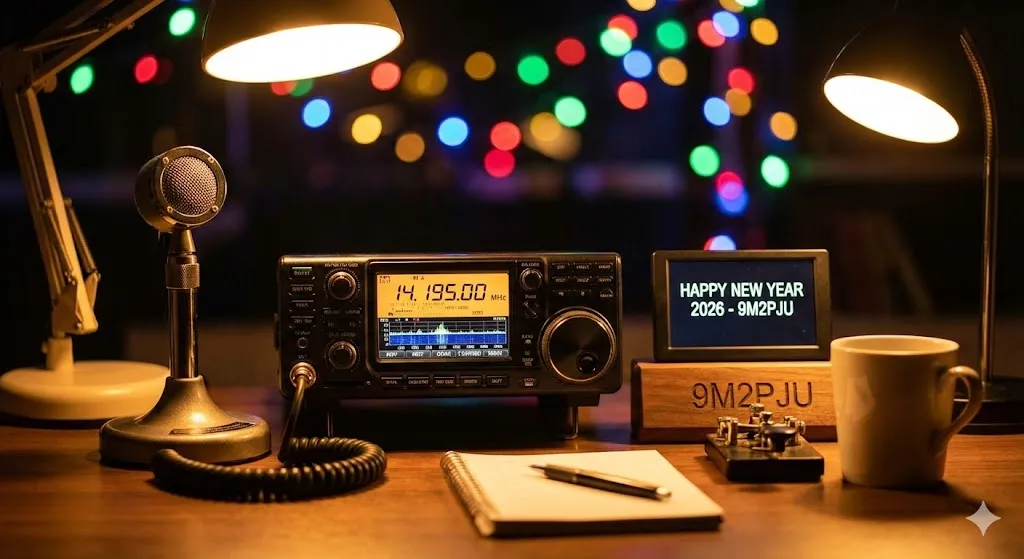Exploring Portable Battery Packs for Amateur Radio Portable Operations
Introduction:
Amateur radio enthusiasts often engage in portable operations, taking their equipment to remote locations or participating in field events. To ensure uninterrupted power supply, portable battery packs are essential. In this comprehensive article, we will delve into the various types of battery packs commonly used for amateur radio portable operations. We will explore their features, advantages, and considerations to help operators make informed decisions when selecting a suitable power source.
1. Sealed Lead-Acid (SLA) Batteries:
Sealed Lead-Acid batteries are a popular choice for portable operations due to their affordability, durability, and availability in various capacities. SLA batteries are relatively heavy and bulkier compared to other options, but they offer a good balance between capacity and cost. They are available in different voltage ratings, such as 6V and 12V, and can power amateur radio equipment for extended periods, depending on the capacity.
2. Lithium Iron Phosphate (LiFePO4) Batteries:
LiFePO4 batteries have gained significant popularity in recent years due to their excellent energy density, lightweight design, and long cycle life. These batteries offer a higher capacity-to-weight ratio compared to SLA batteries, making them ideal for portable operations. LiFePO4 batteries are available in various voltages and capacities, providing flexibility to match specific equipment requirements. They also have built-in safety features, such as overcharge and short-circuit protection.
3. Lithium Polymer (Li-Po) Batteries:
Li-Po batteries are widely used in the consumer electronics industry due to their high energy density and compact design. They offer a significant weight advantage over other battery types, making them ideal for ultra-portable operations. Li-Po batteries are available in different cell configurations, such as 3.7V and 7.4V, and can be combined in series or parallel to achieve the desired voltage and capacity. However, Li-Po batteries require careful handling and charging to prevent safety hazards.
4. Lithium-Ion (Li-Ion) Batteries:
Li-Ion batteries are similar to Li-Po batteries in terms of energy density and weight advantages. They are commonly used in portable electronics and are suitable for amateur radio portable operations. Li-Ion batteries are available in various voltages and capacities, providing flexibility to match specific equipment requirements. They offer good overall performance and can be recharged numerous times, making them a reliable choice for extended field operations.
5. Nickel-Metal Hydride (NiMH) Batteries:
NiMH batteries are a common choice for portable operations due to their wide availability and ease of use. They offer a good capacity-to-cost ratio and are rechargeable, making them economical in the long run. NiMH batteries have a lower energy density compared to lithium-based batteries, but they are safe to handle and do not require special charging considerations. They are available in various sizes and voltages, such as AA and AAA, and can power smaller amateur radio equipment.
6. Considerations for Battery Selection:
When choosing a portable battery pack for amateur radio operations, consider the following factors:
a. Capacity: Determine the power requirements of your equipment and select a battery pack with sufficient capacity to run your setup for the desired duration.
b. Voltage: Ensure that the battery pack’s voltage matches the requirements of your equipment. Some radio models may require specific voltage levels.
c. Weight and Size: Evaluate the portability factor by considering the weight and size of the battery pack. Lighter and more compact options are preferable for outdoor operations.
d. Charging Options: Determine the available charging methods for the battery pack. Some packs can be charged through AC power outlets, car adapters, or solar panels, providing versatile charging options.
e. Safety Features: Consider battery packs with built-in safety features, such as overcharge, discharge, and short-circuit protection, to ensure the safety of your equipment and yourself.
Conclusion:
Selecting the right portable battery pack is crucial for successful and uninterrupted amateur radio portable operations. Sealed Lead-Acid (SLA) batteries, Lithium Iron Phosphate (LiFePO4) batteries, Lithium Polymer (Li-Po) batteries, Lithium-Ion (Li-Ion) batteries, and Nickel-Metal Hydride (NiMH) batteries are some of the commonly used options. Each type has its advantages and considerations in terms of capacity, weight, voltage, and safety features. By evaluating the specific requirements of their equipment and considering these factors, amateur radio operators can choose a suitable portable battery pack that ensures reliable power supply during their outdoor radio adventures.






Post Comment